A journey through the history of Wahime no Mikoto and Saio

area
- Chunan group
Season
- All seasons
schedule
day trip
transportation
car
Over 2,000 years ago, Yamato Hime no Mikoto is said to have traveled to find a suitable place to enshrine Amaterasu Omikami and founded the current IseJingu. This is a model course where you can follow the footsteps of the princess of the 11th Emperor, Emperor Suinin, and learn about the history of Saiku, the saikuu where Saio lived.
Takiharanomiya (Kotaijingu Betsugu)
![Takiharanomiya [IseJingu Betsugu]](https://www.kankomie.or.jp/rails/active_storage/representations/proxy/eyJfcmFpbHMiOnsibWVzc2FnZSI6IkJBaHBBalVVIiwiZXhwIjpudWxsLCJwdXIiOiJibG9iX2lkIn19--d5425b727bd829e7f4b65d33be8869137cacc134/eyJfcmFpbHMiOnsibWVzc2FnZSI6IkJBaDdCem9MWm05eWJXRjBPZ2wzWldKd09oSnlaWE5wZW1WZmRHOWZabWwwV3dkcEFvUURhUUpZQWc9PSIsImV4cCI6bnVsbCwicHVyIjoidmFyaWF0aW9uIn19--984b453f8bdc5daa4172029f2382775528c57461/22401_1_org.jpg)
Inside the shrine grounds, the approach path is surrounded by cedar trees that are over several hundred years old, and the Mitaraiba, which utilizes the flow of valley water, is reminiscent of Naiku and transports you back to the days of the gods.
It is common to visit Takiharanomiya and then Takihara Nami Shrine in that order.
Kakechikara birthplace monument
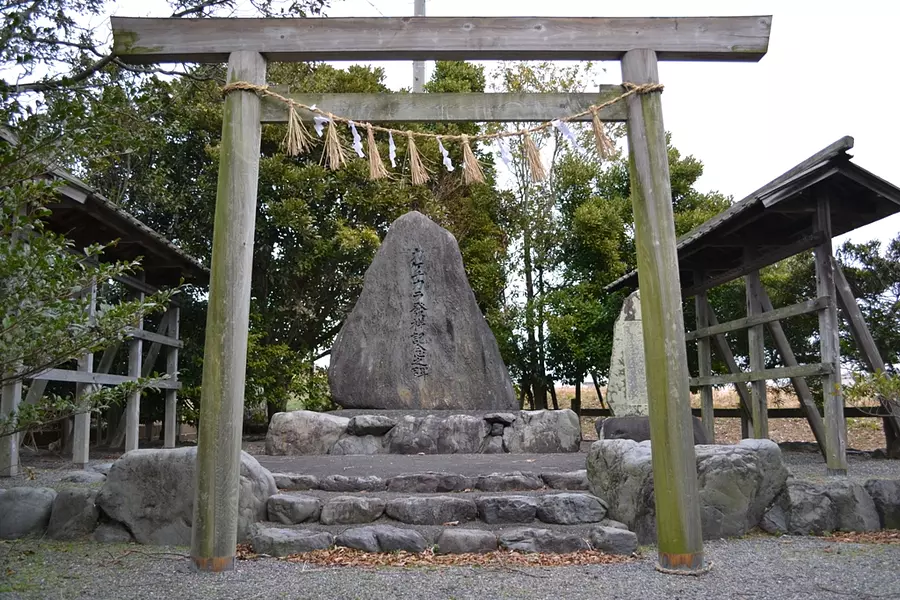
ItsukinomiyaHallforHistorical
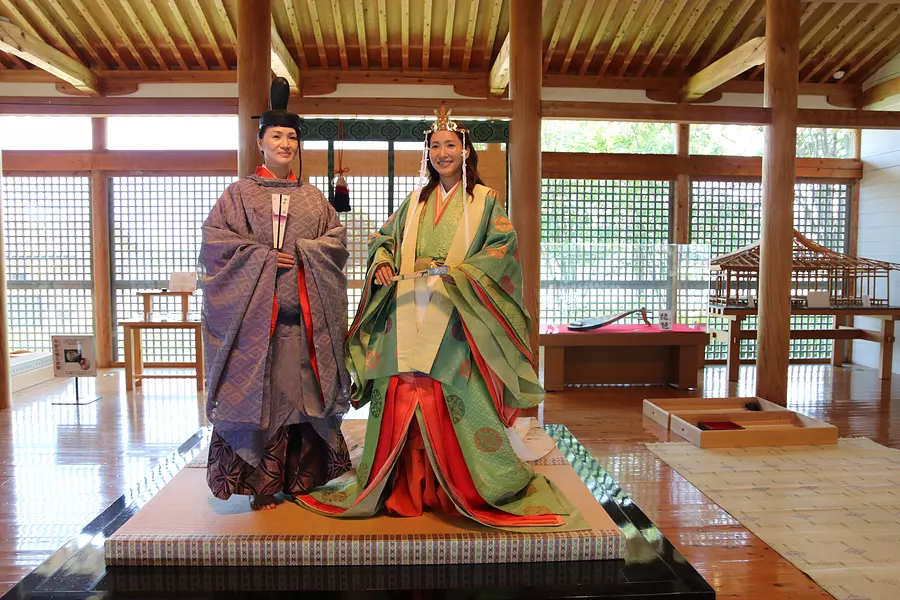
Inside the museum, in addition to holding hands-on classes where you can learn about the annual events, techniques, and culture of the time, you can also try on Juni-hitoe and Naogi. You can also try out ancient games such as board sugoroku and shellfish.
SaikuHistoricalMuseum
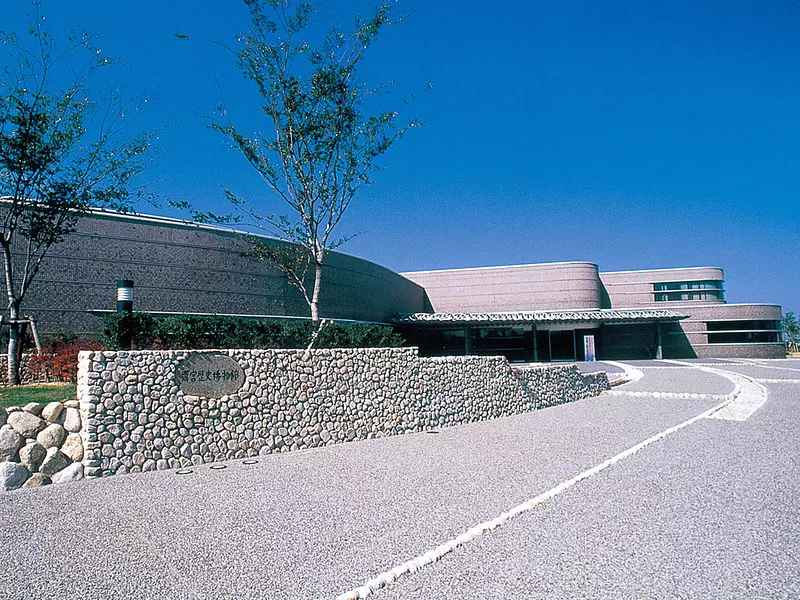
In addition to permanent exhibitions, special exhibitions are also held from time to time.
Saiku Heian no Mori
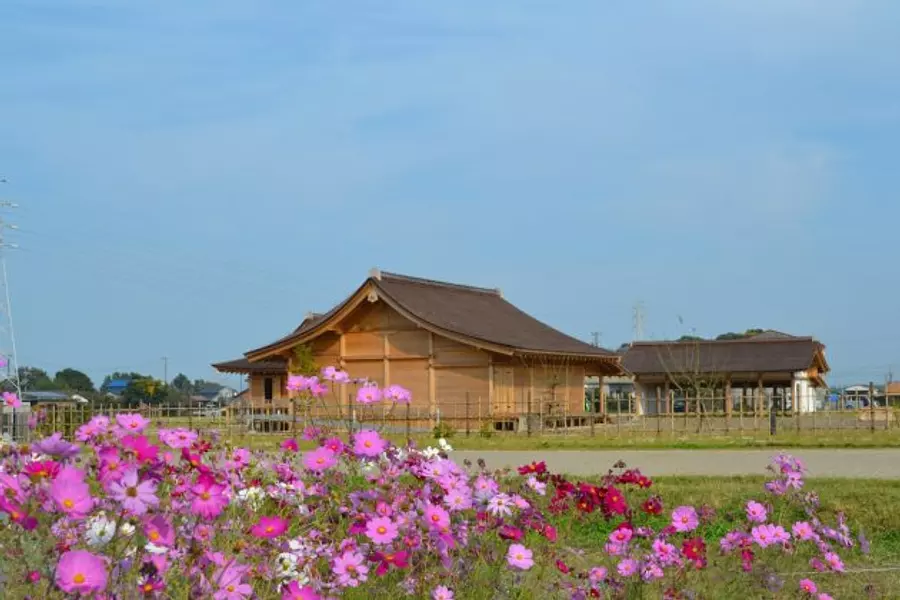
There are three buildings that are believed to have been used for ceremonies and banquets under the control of saikuu dormitory, saikuu government office. In the background is the world of ancient architecture from the Heian period.
Onominato purification site ruins
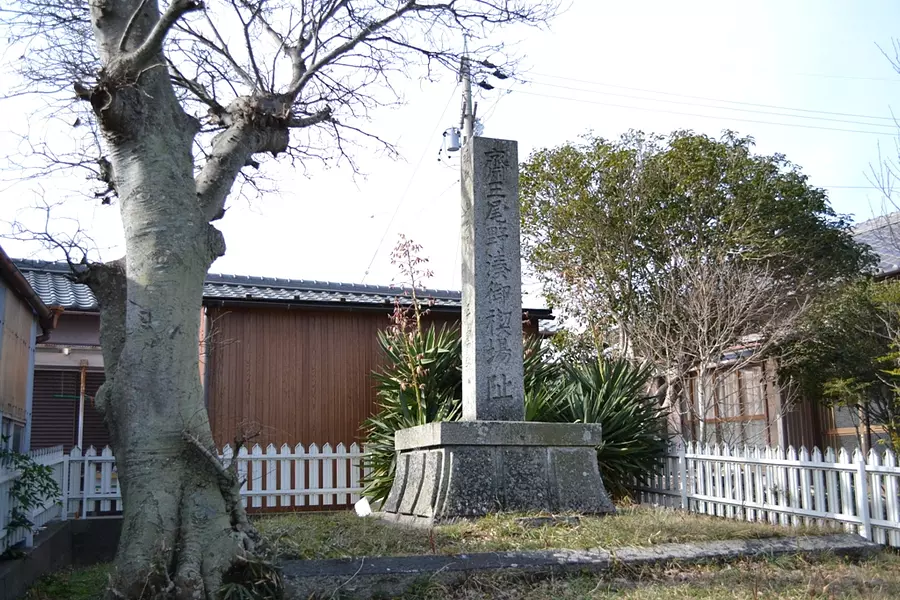
Yamatohime-no-miya (Kotaijingu Betsugu)
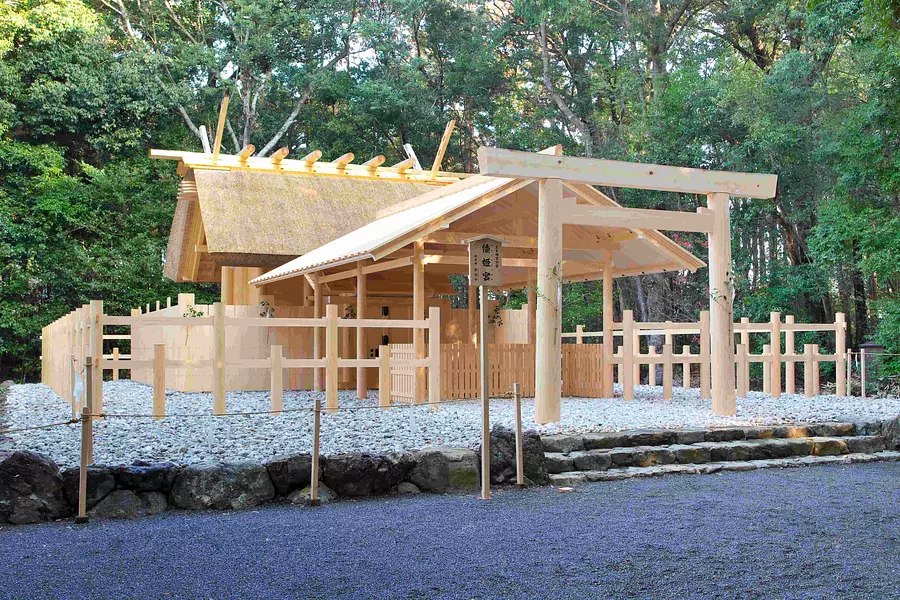
It is famous for its regular festivals in spring (May 5th) and autumn (November 5th).
Other recommended courses
IseJingu, VISON, Matsusaka beef, and movie filming locations! A course that goes around the most talked about facilities
Chunan group
VISON, Japan's largest commercial resort facility, opened in 2021 at Ise IseJingu, the spiritual home of the Japanese people, Matsusaka Beef, one of Japan's three major Wagyu beef brands, and Legend & Co. starring Takuya Kimura. This is a one-night, two-day course that takes you around Mie's most talked-about facilities, including the national treasure SENJUJIHeadTempleoftheShinshuTakadaSchool, which was the filming location for Butterfly.

Matsusaka, Ise, Toba! Enjoy the gourmet king Mie brand to your heart's content.
Chunan group
Filled with the bounty of Ise-Shima's rich sea, including Matsusaka meat, which is praised around the world as a meat art! Enjoy the gourmet king Mie brand to your heart's content, including spiny lobster, abalone, and pufferfish.

Let's explore Tsu, the prefectural capital of Mie
Chunan group
Tsu, the prefectural capital of Mie, is quite large! Let's take a tour around Japan's shortest town, Tsu.
